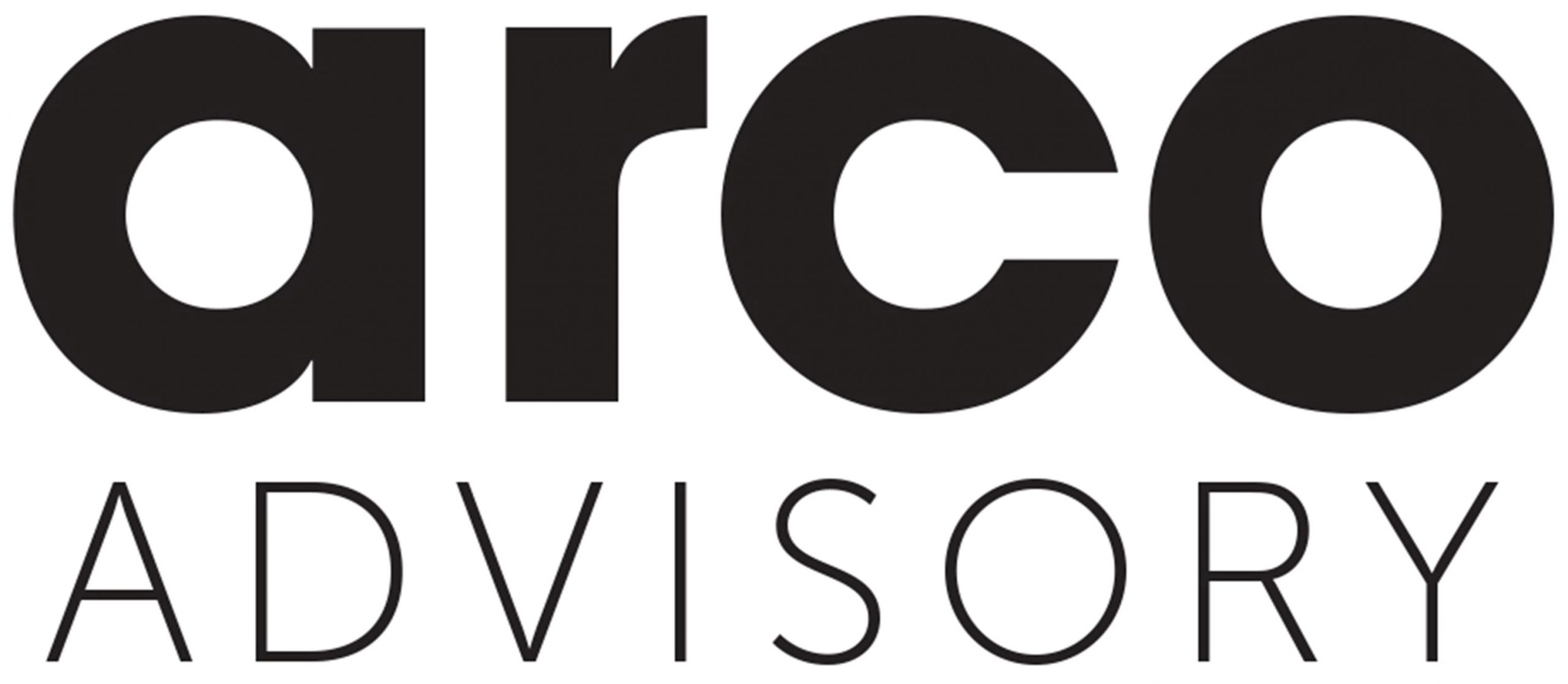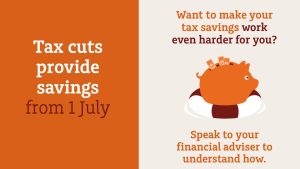Understanding some of the aged care terminology
Aged care is a complex and emotive topic and many people don’t think about their aged care needs until the time to do something is upon them – at which point the options can be limiting. This article explains a couple of the key areas to consider around your aged care plan.
Arranging an aged care assessment
When the time comes to move into a facility, one of the first steps is usually an assessment by a team of medical and health professionals who determine the eligibility of any government subsidised care.
You can speak to your family doctor about getting an aged care assessment or call My Aged Care who can put you in touch with an Aged Care Assessment Team (ACAT).
Understanding an RAD and DAP
If you want or need to move into an aged care facility you will need to research different facilities, compare their services and ask them about the refundable accommodation deposit (RAD) to secure a place at a facility.
The RAD is a lump sum payment for accommodation in an aged care home paid by the in-going resident. It is essentially the cost of a room in the form of a lump sum deposit that you agree to pay. The daily accommodation payment (DAP) is paid if the agreed RAD is not paid in full. DAP is the daily interest on any unpaid RAD, so it is possible to pay part of the RAD and DAPs.
‘Low means’ residents pay DAC or RAC
Residents who have limited means are called ‘low means’ residents. They may be asked to make contributions towards their accommodation cost instead of the RAD or DAP.
Contributions can be made in the form of daily accommodation contributions (DAC), lump sum deposits called refundable accommodation contributions (RAC) or a combination of a RAC and DAC. If you are a low means resident part of the cost of the room is paid for by the Government, leaving you to only make contributions based on an assessment of your financial means.
RAD and RAC
The RAD or RAC you pay to the facility as a lump sum deposit is refundable upon permanently leaving the aged care facility. Many times, this will be at the time of death, so the amount is paid to your Estate.
In some situations, a family member agrees to pay the in-going RAD or RAC to a facility, perhaps because the in-going resident does not have the liquid cash available. If this is the case, there should be sufficient documentation so that upon death the money is refunded to the rightful recipient. The family should seek legal advice on how this can be done.
More information
There is a good repository of information available on the My Aged Care website. It is worth taking a look at the website, noting down anything you don’t understand or would like further information on, and talking to your Financial Adviser.
Talk to us
If you or a family member are nearing the time that an aged care plan is required, it can help to talk to a Financial Adviser who understands this complex advice area and can answer any questions you have. It is often helpful to include close family members in these discussions.
We have capacity to take on new clients and welcome the opportunity to meet with you to discuss your aged care needs
Source: https://www.myagedcare.gov.au/
The information, including tax, provided in this document is general information only and does not constitute personal advice. It has been prepared without taking into account any of your individual objectives, financial solutions or needs. Before acting on this information you should consider its appropriateness, having regard to your own objectives, financial situation and needs. You should read the relevant Product Disclosure Statements and seek personal advice from a qualified financial adviser. From time to time we may send you informative updates and details of the range of services we can provide. If you no longer want to receive this information please contact our office to opt out. The views expressed in this publication are solely those of the author; they are not reflective or indicative of Licensee’s position, and are not to be attributed to the Licensee. They cannot be reproduced in any form without the express written consent of the author.







